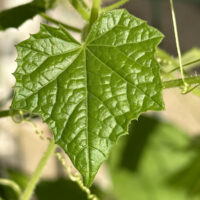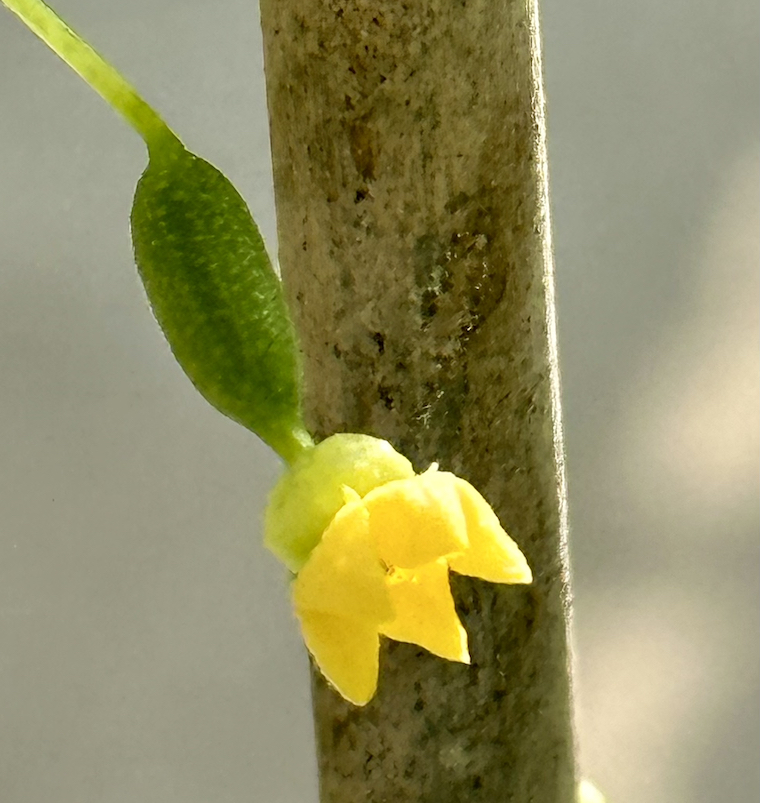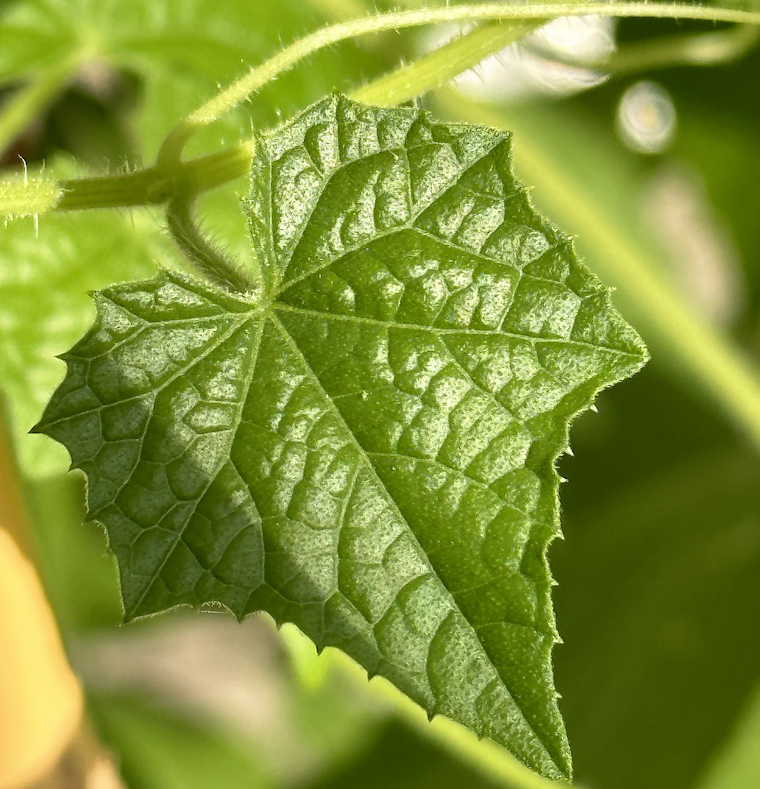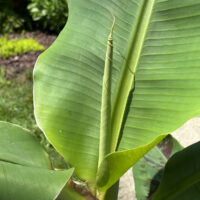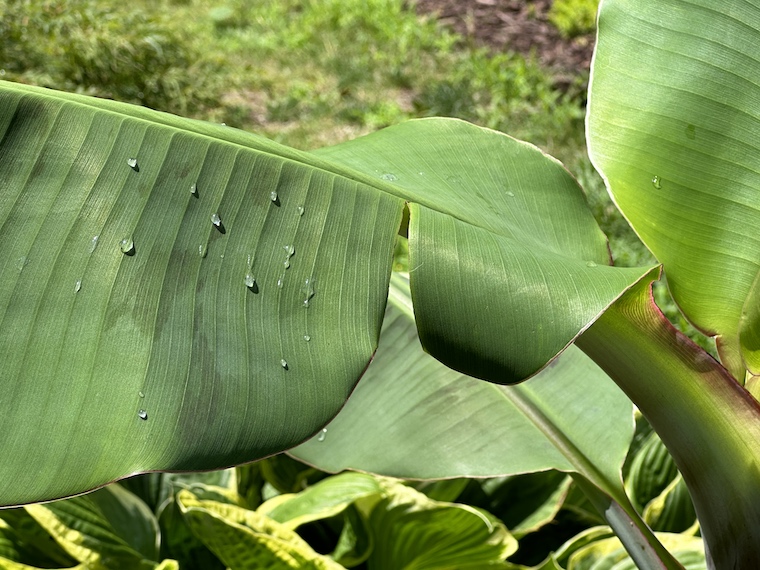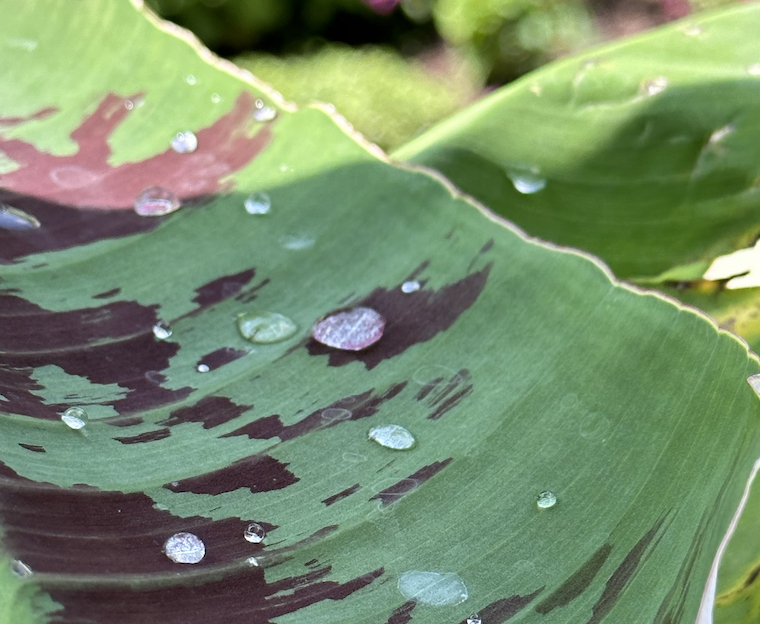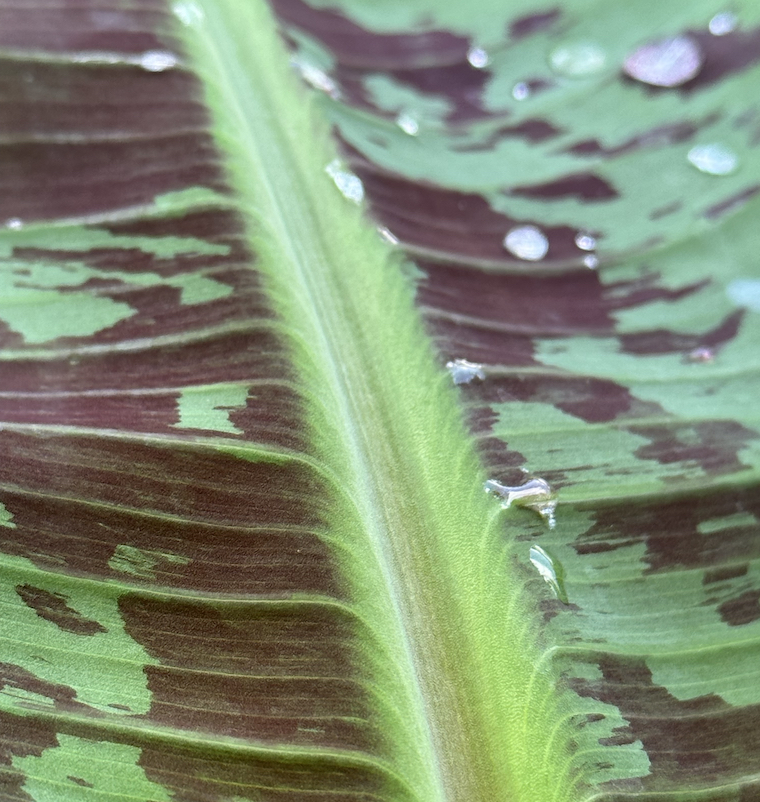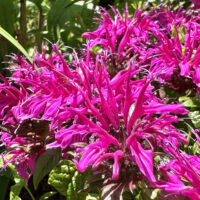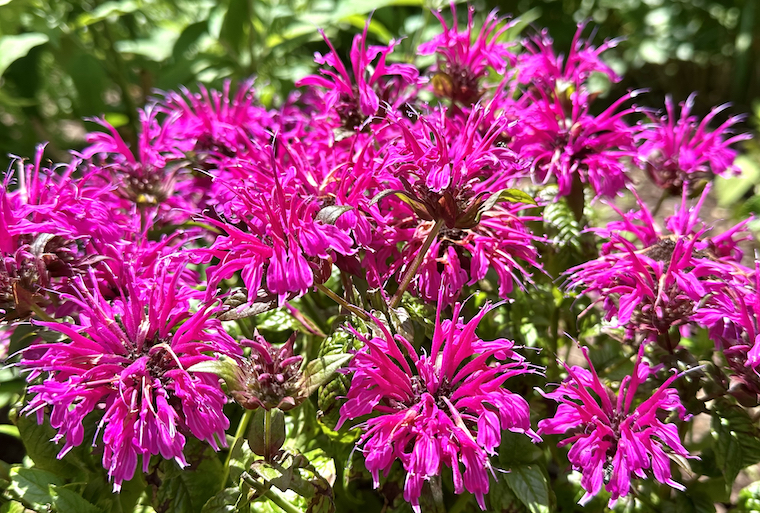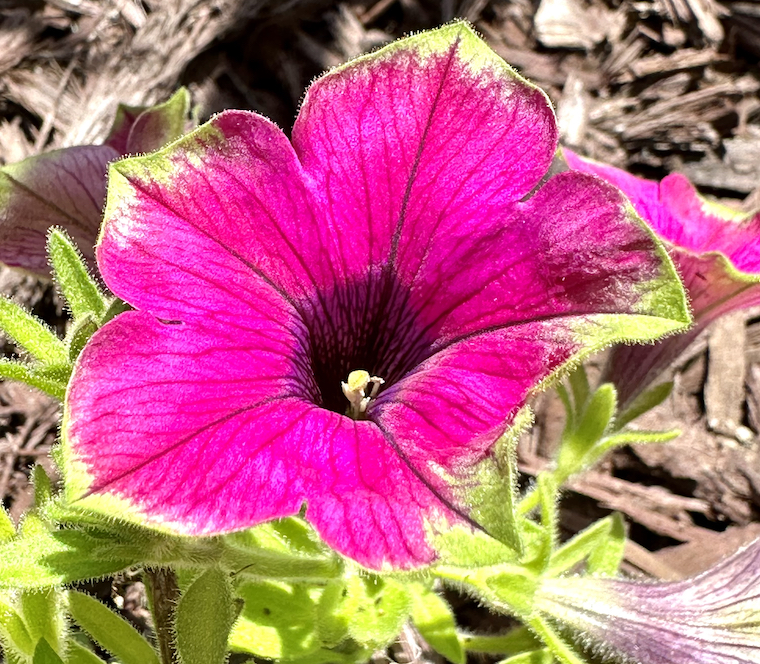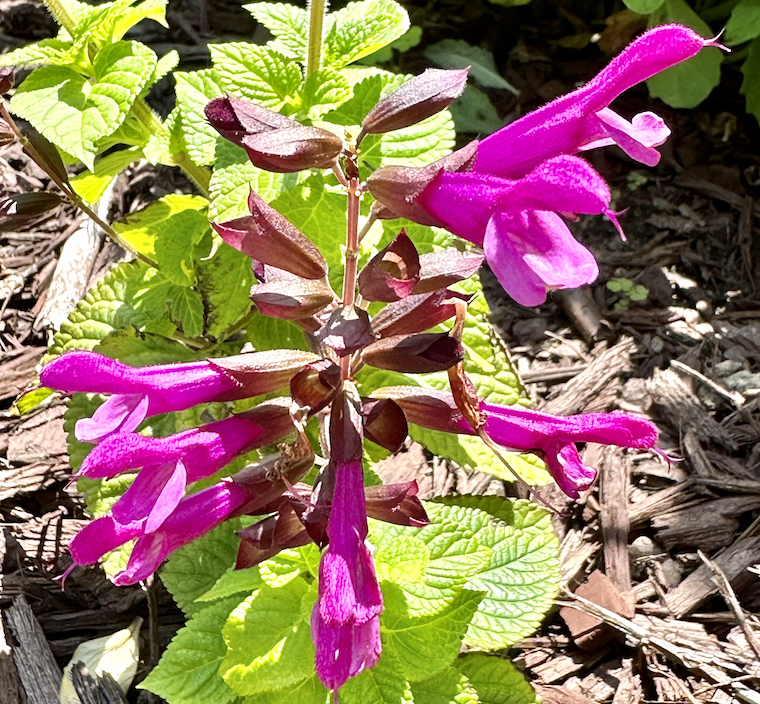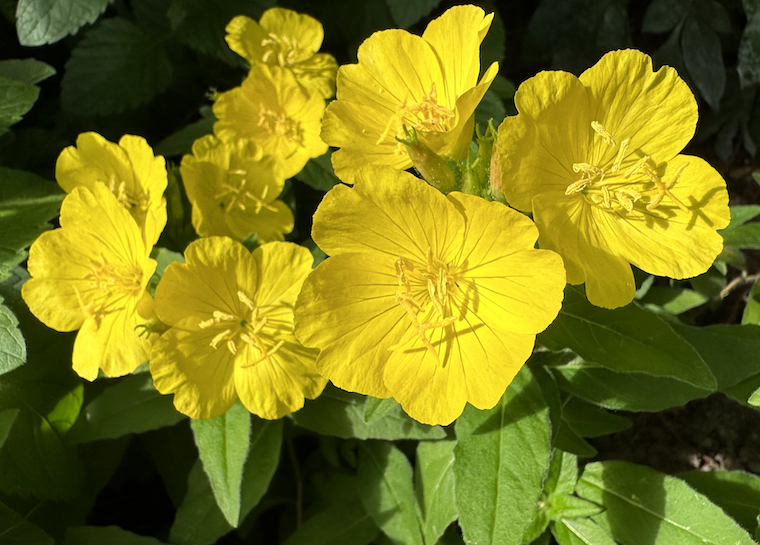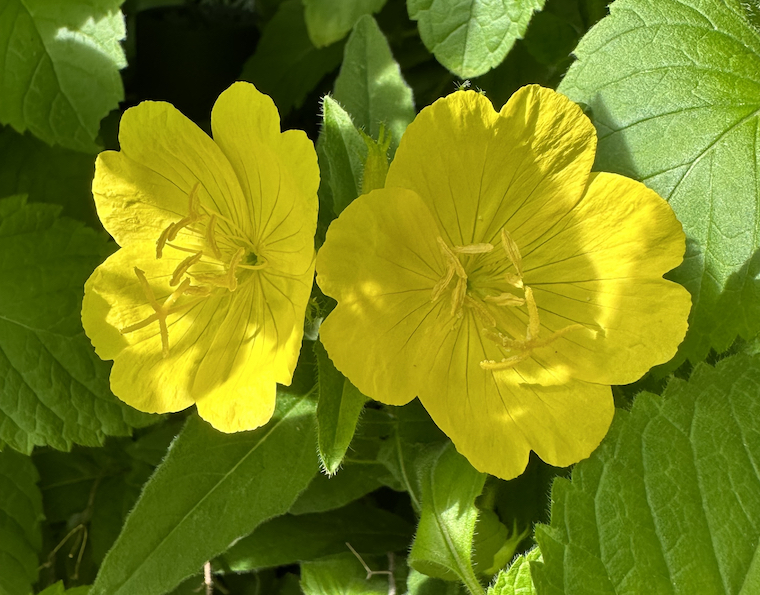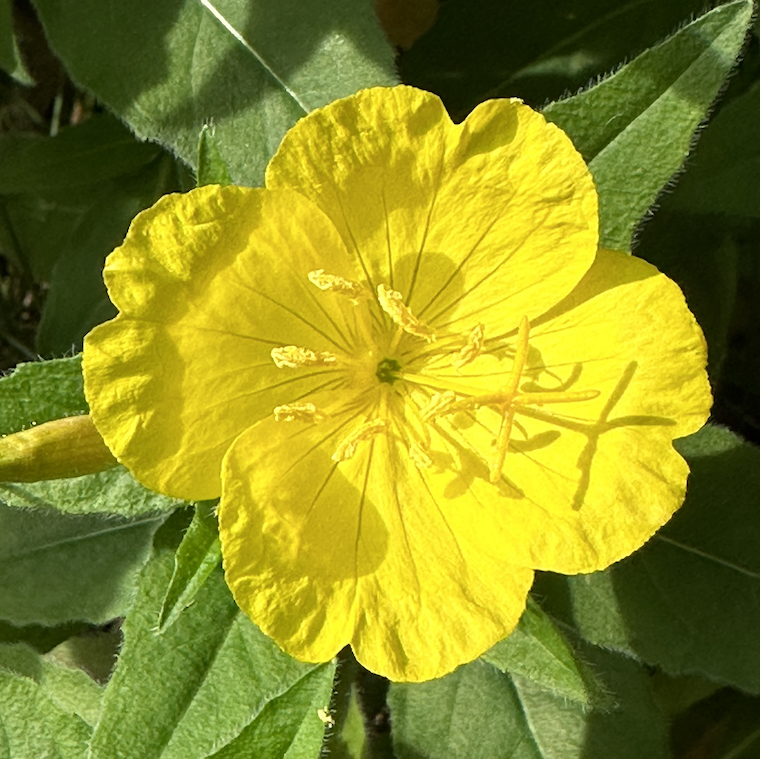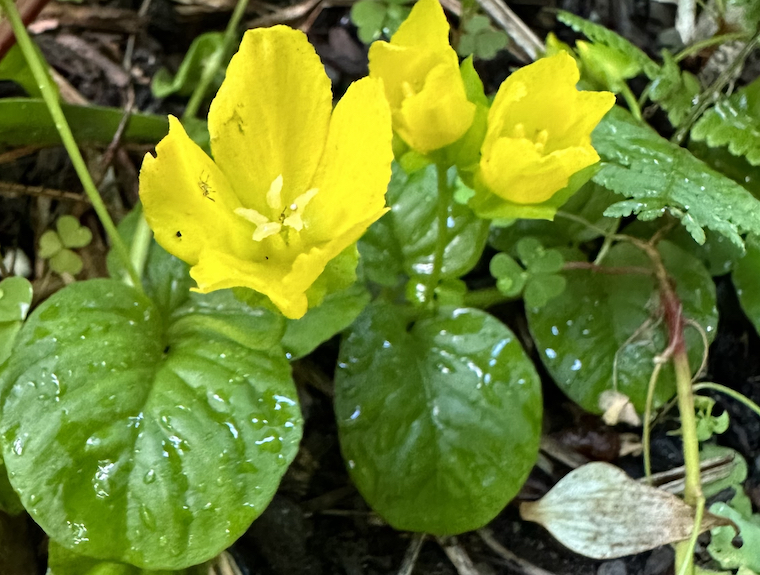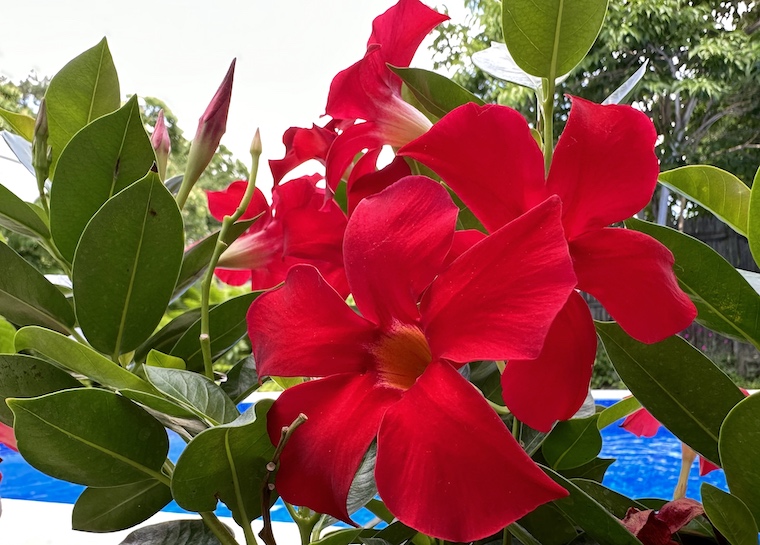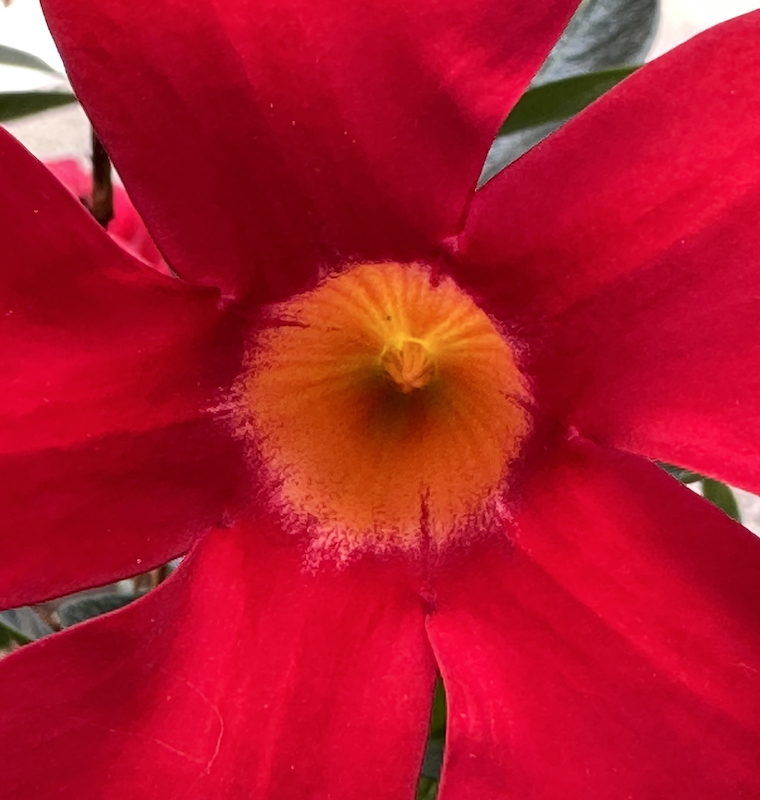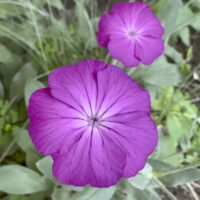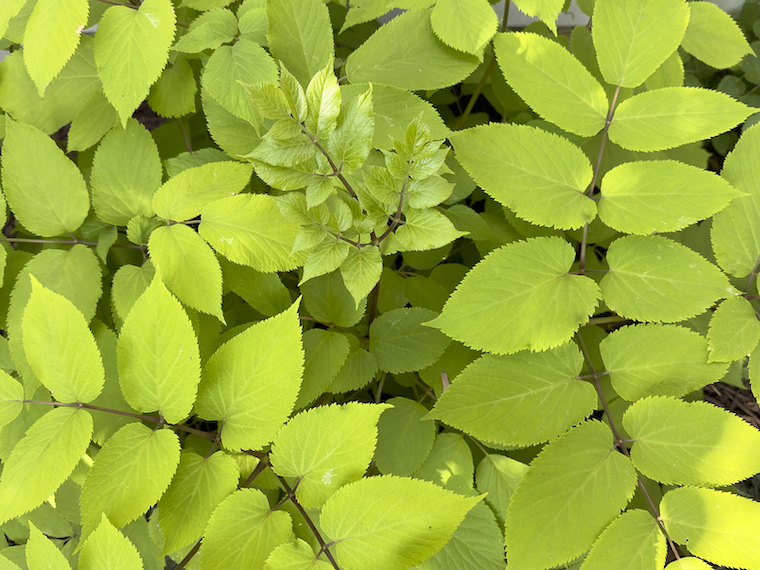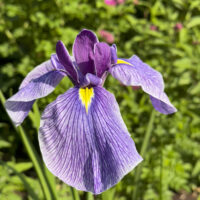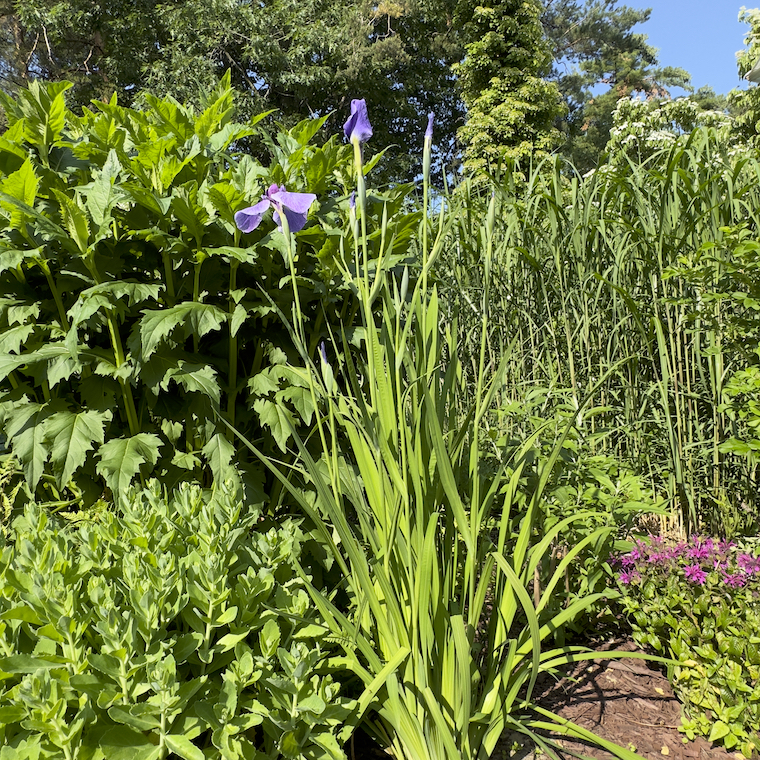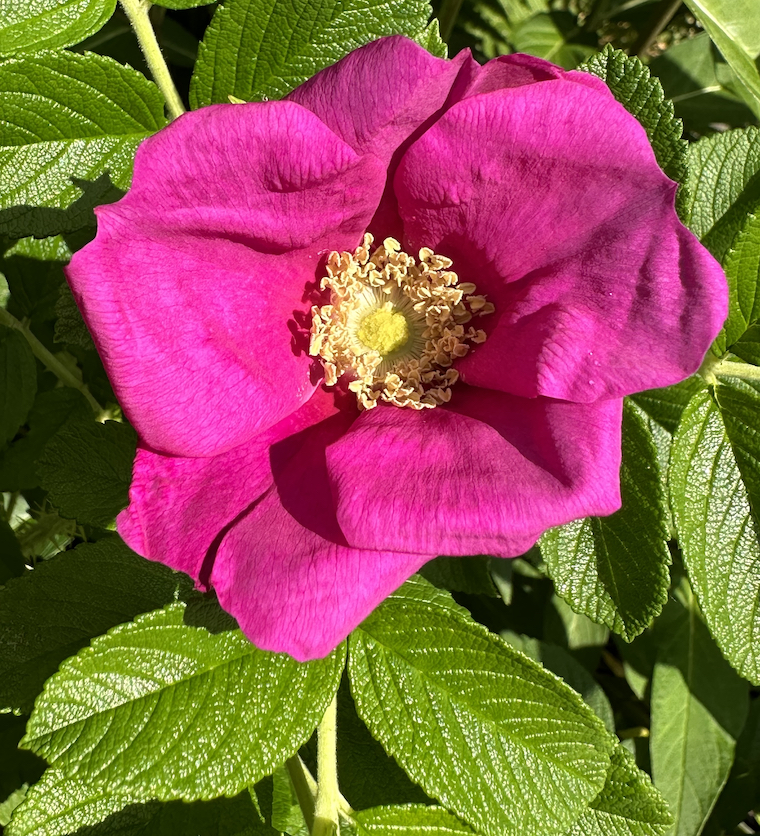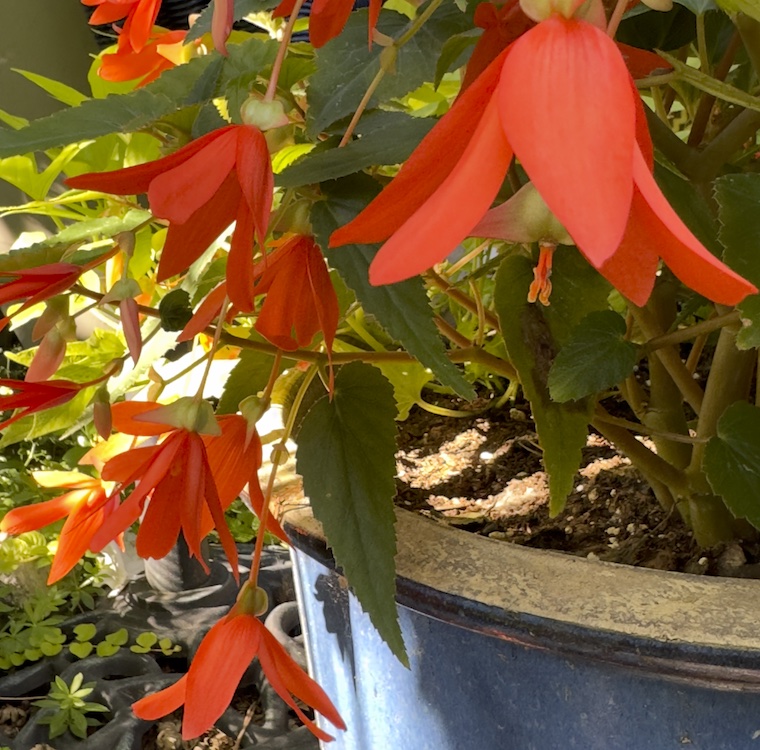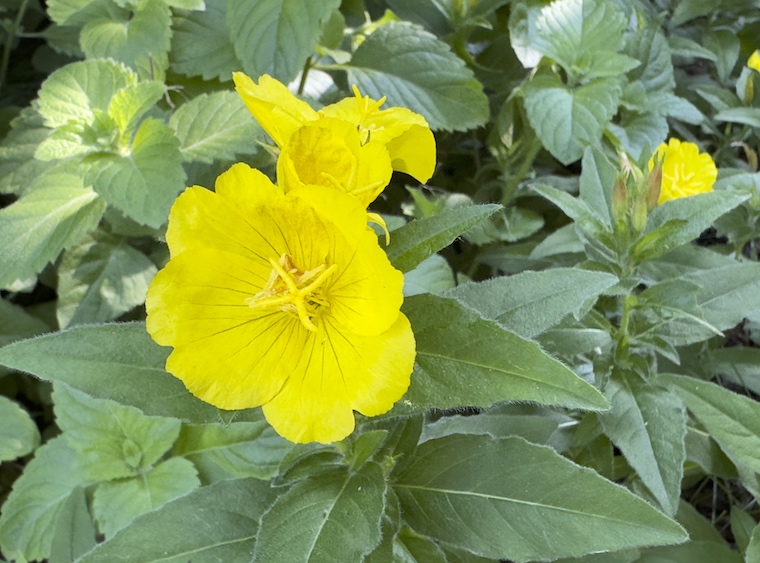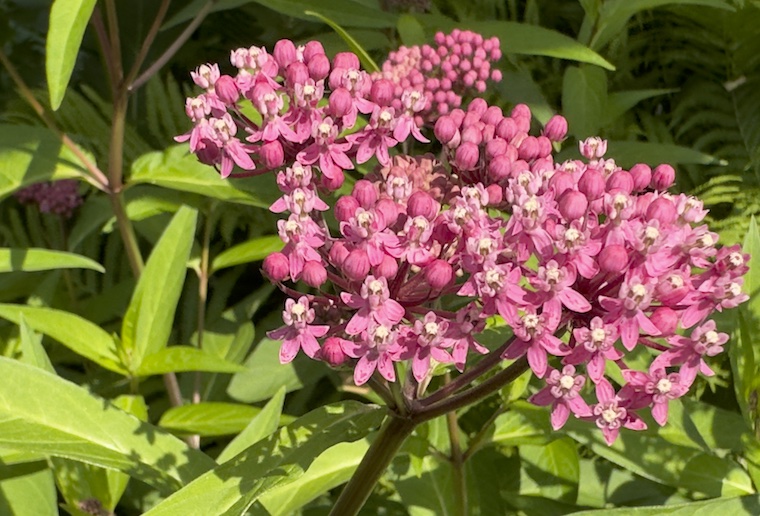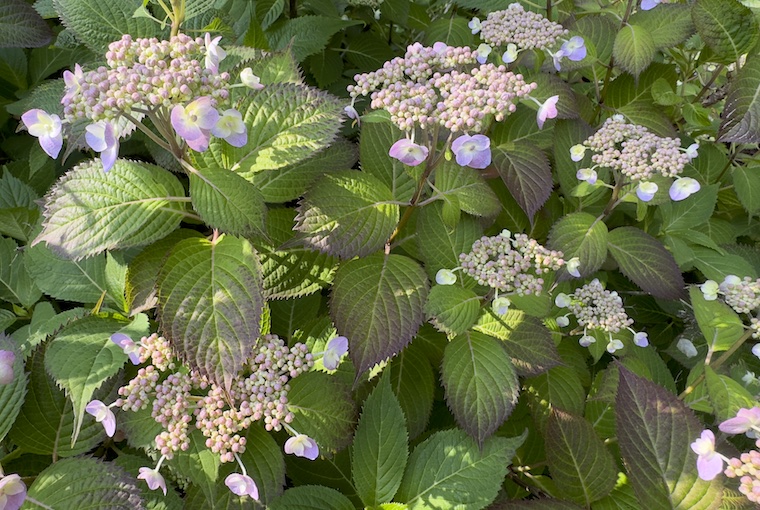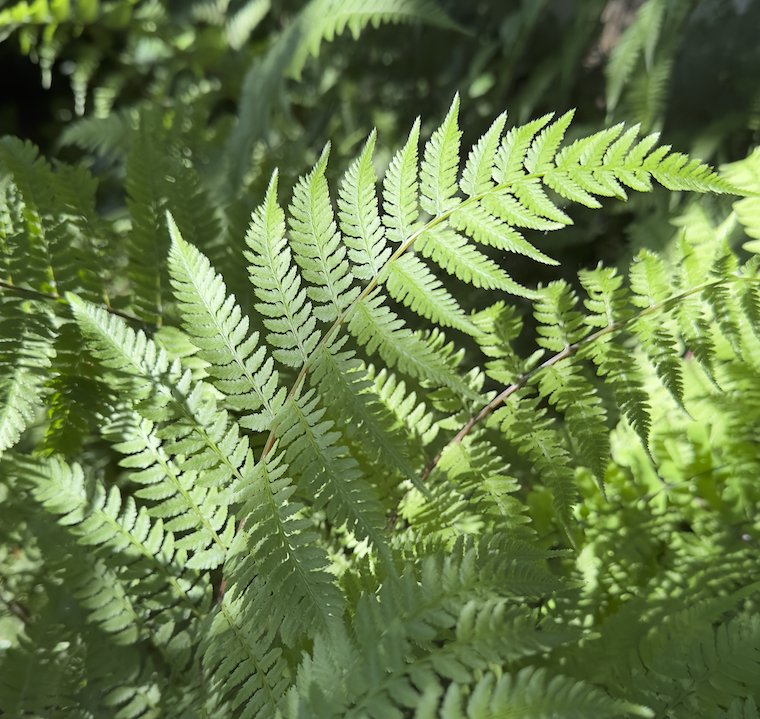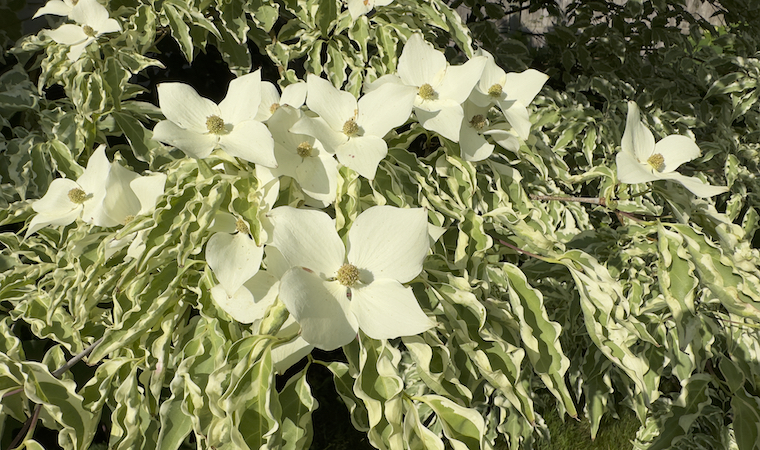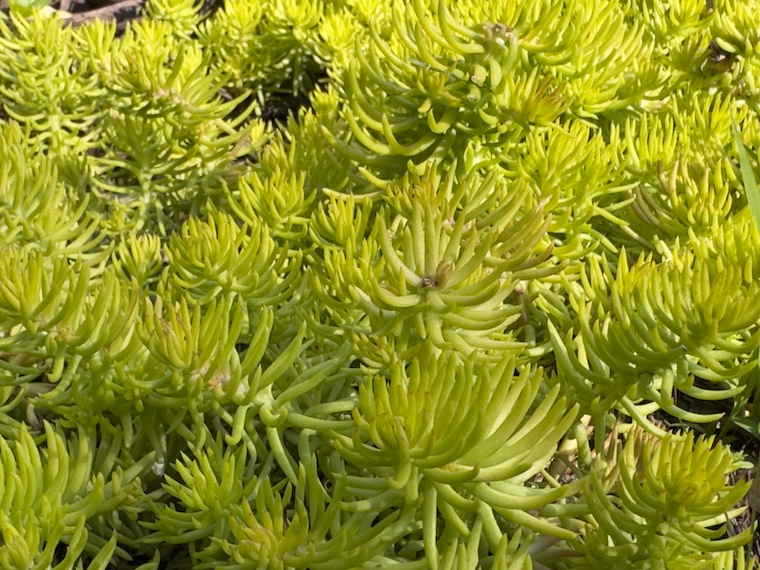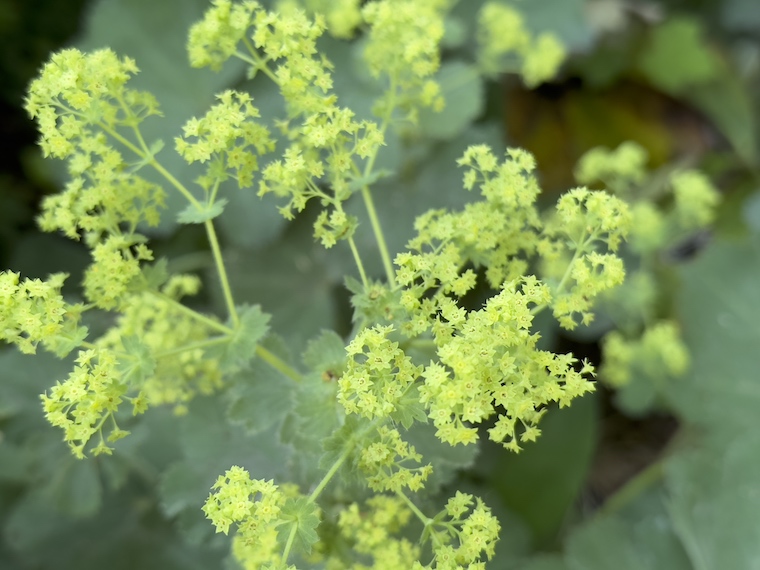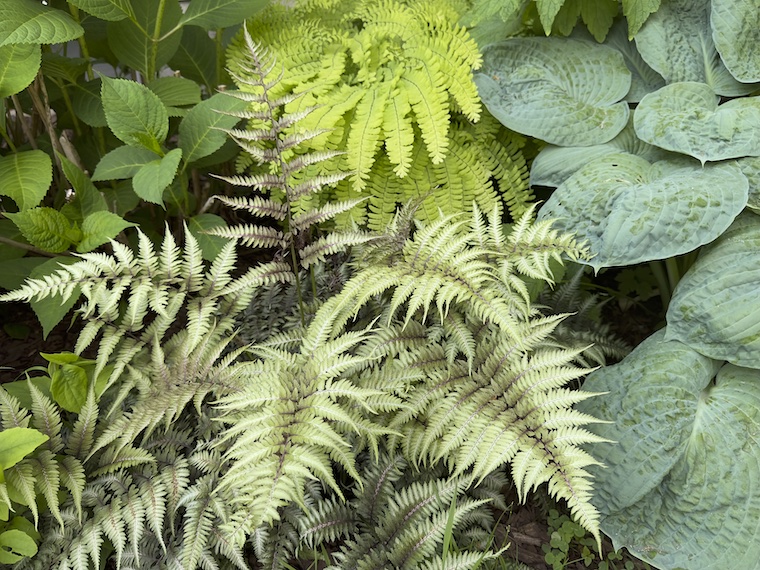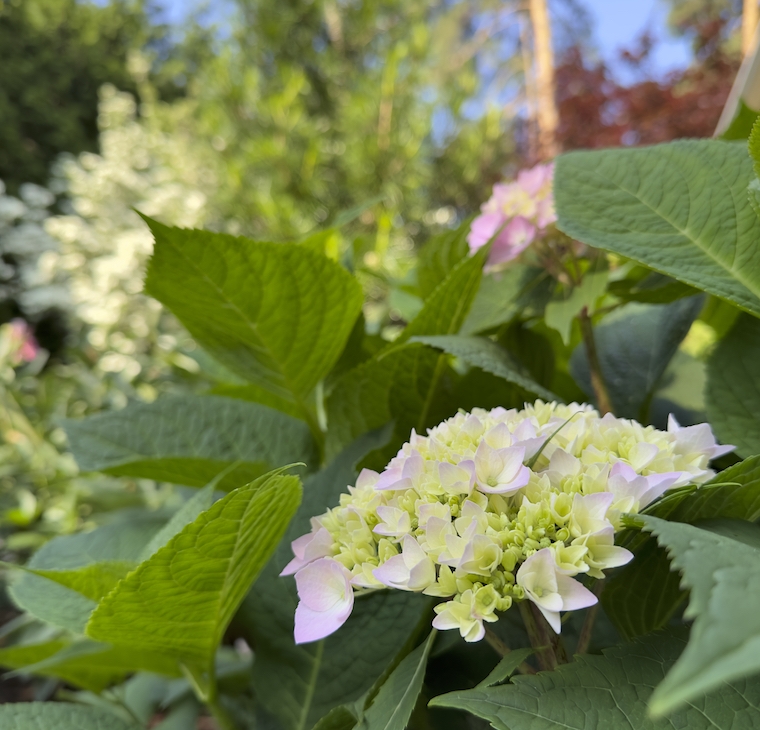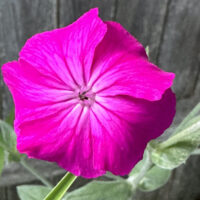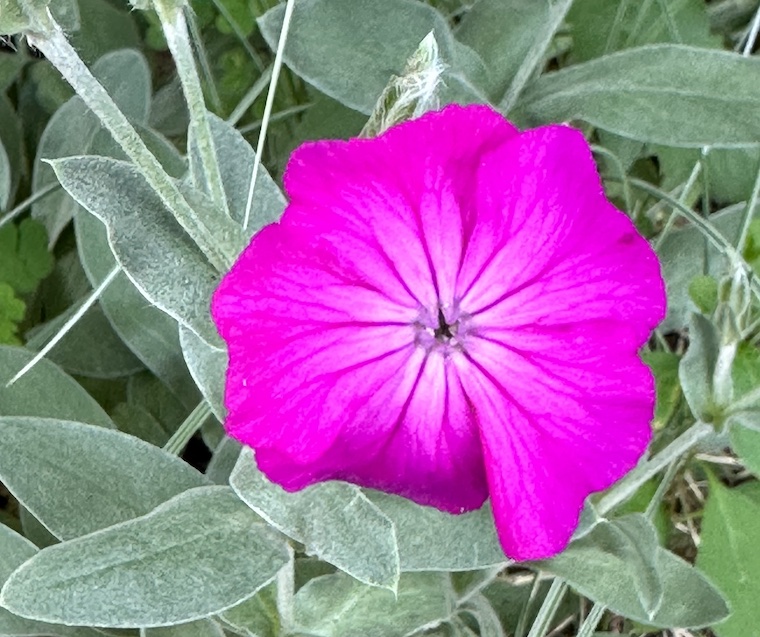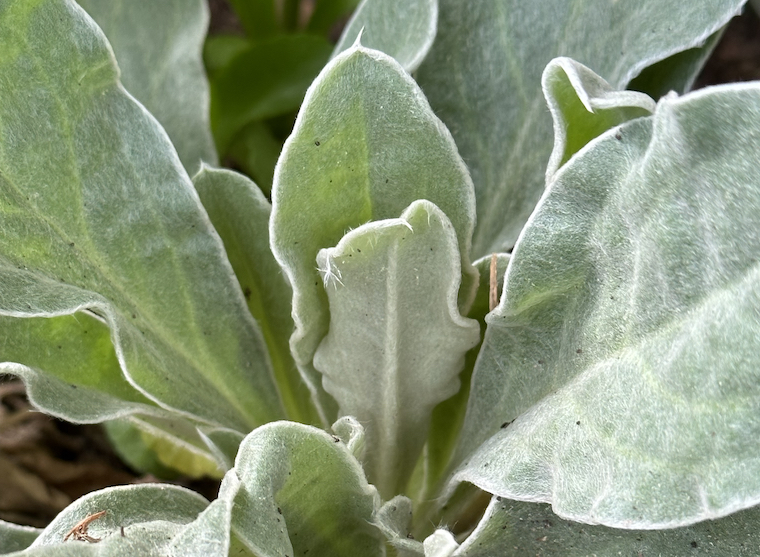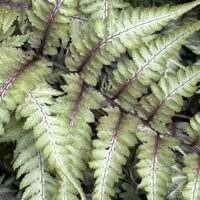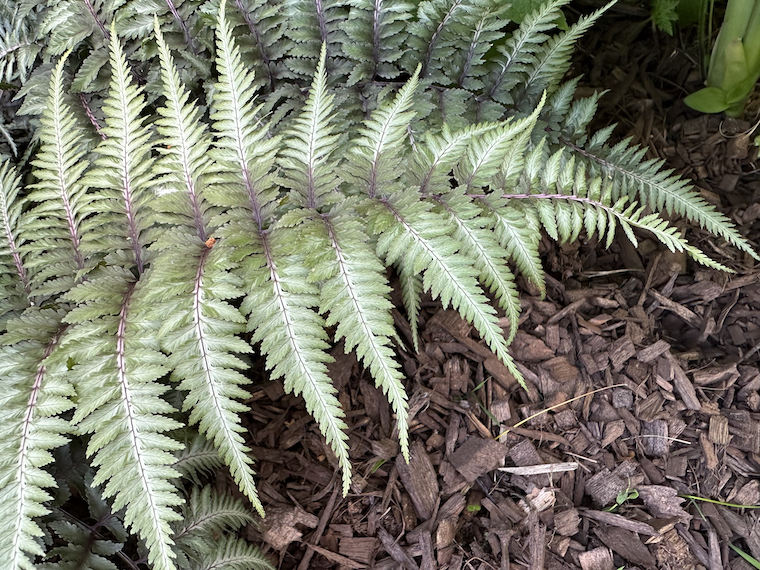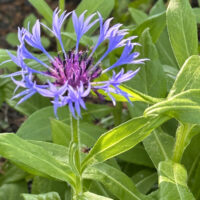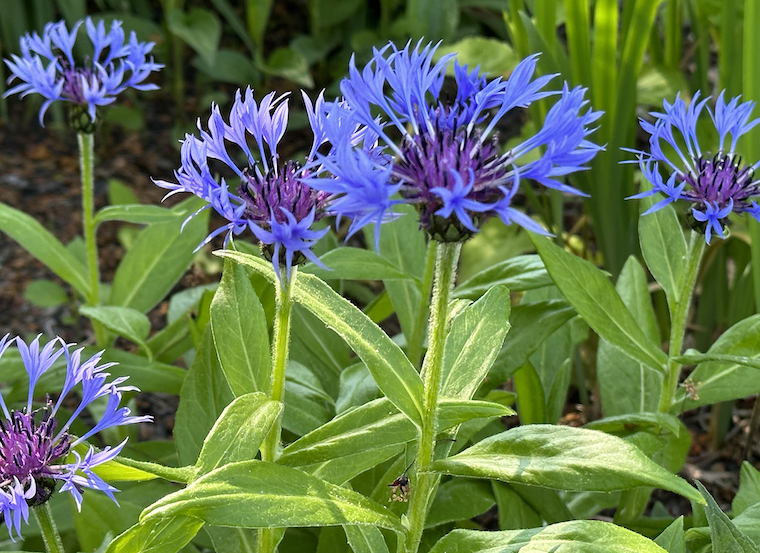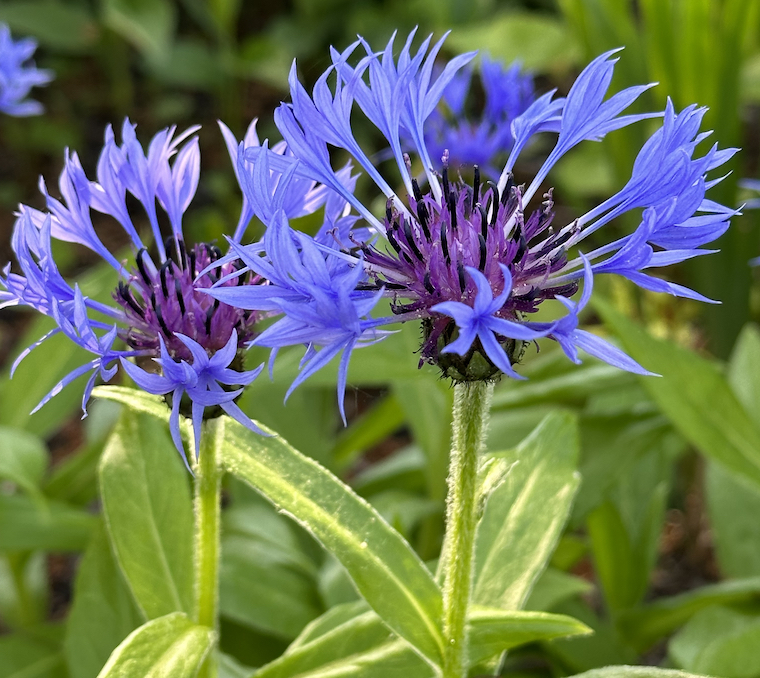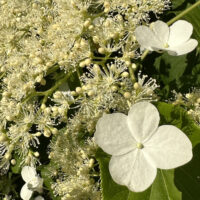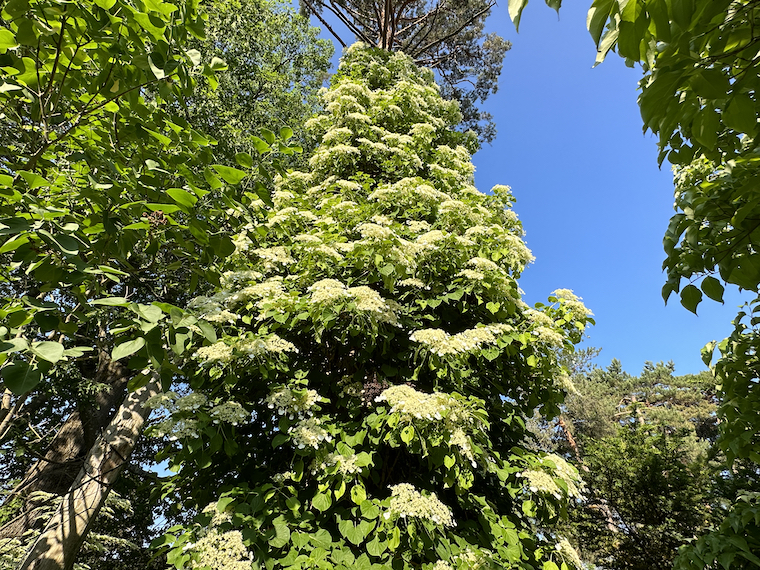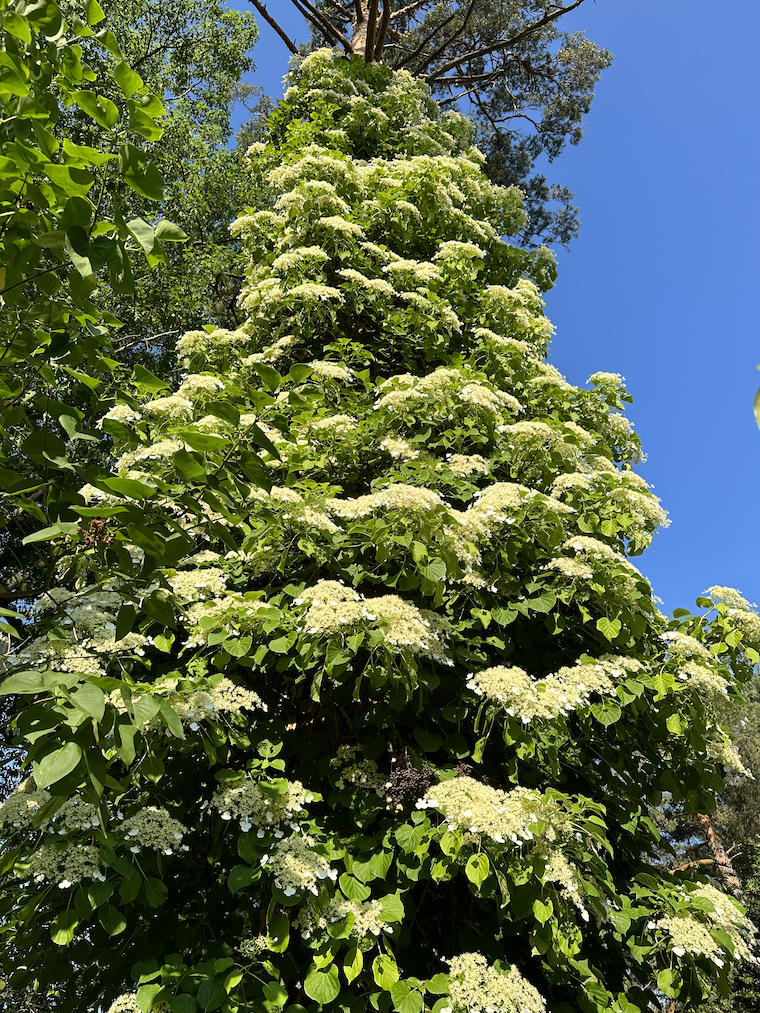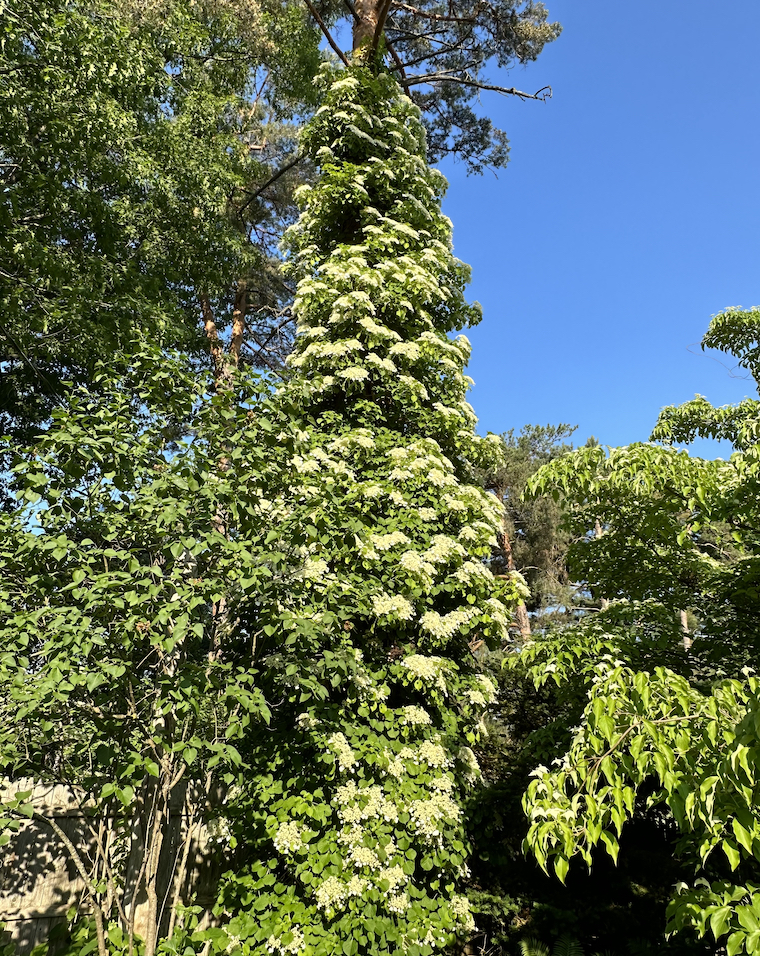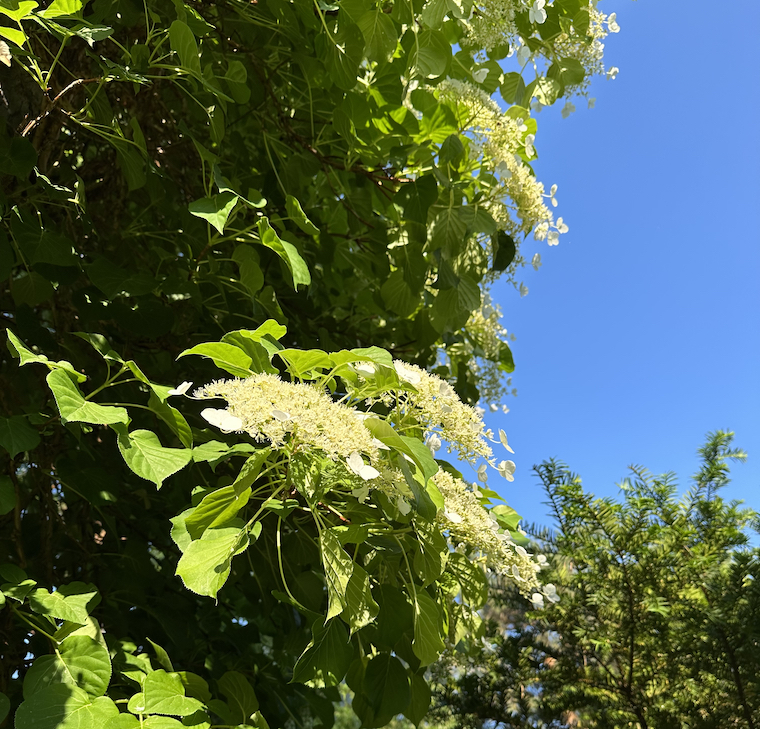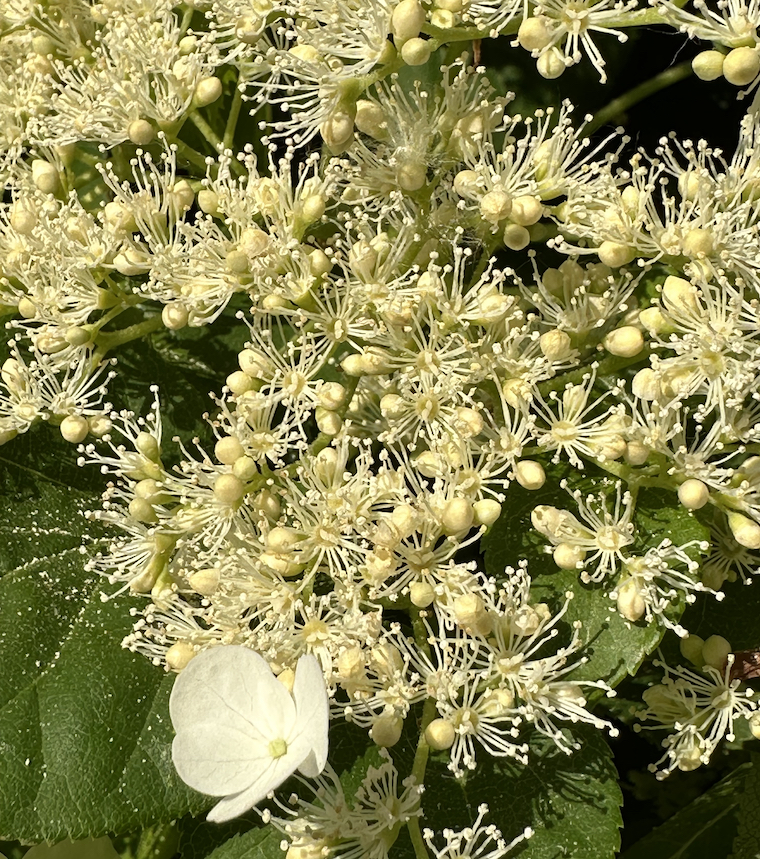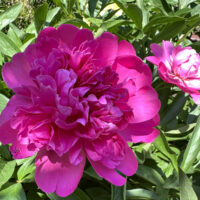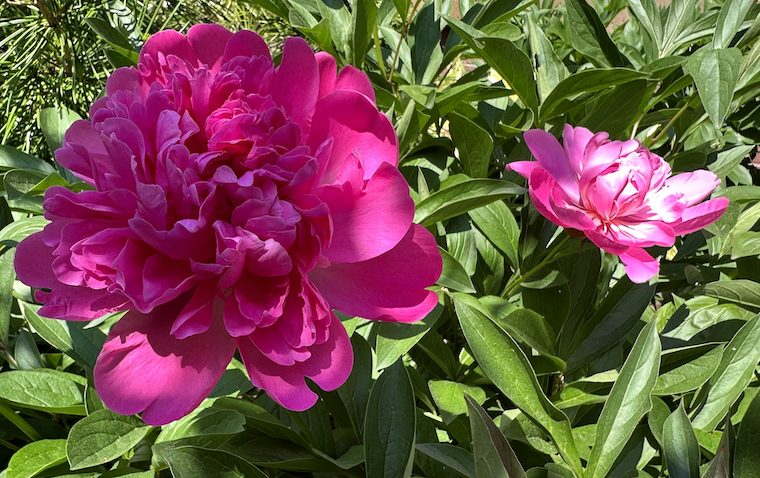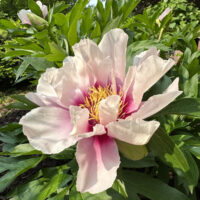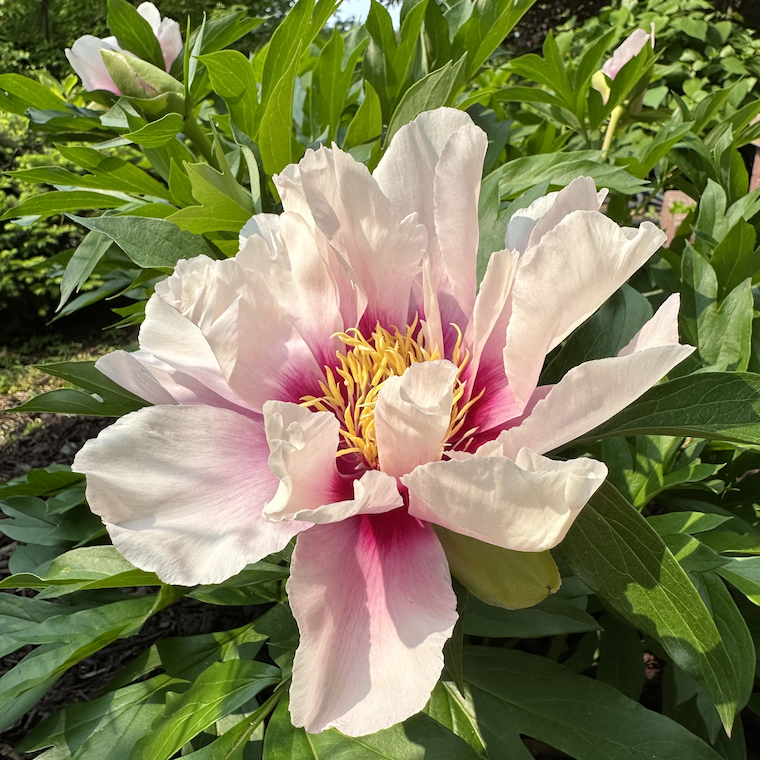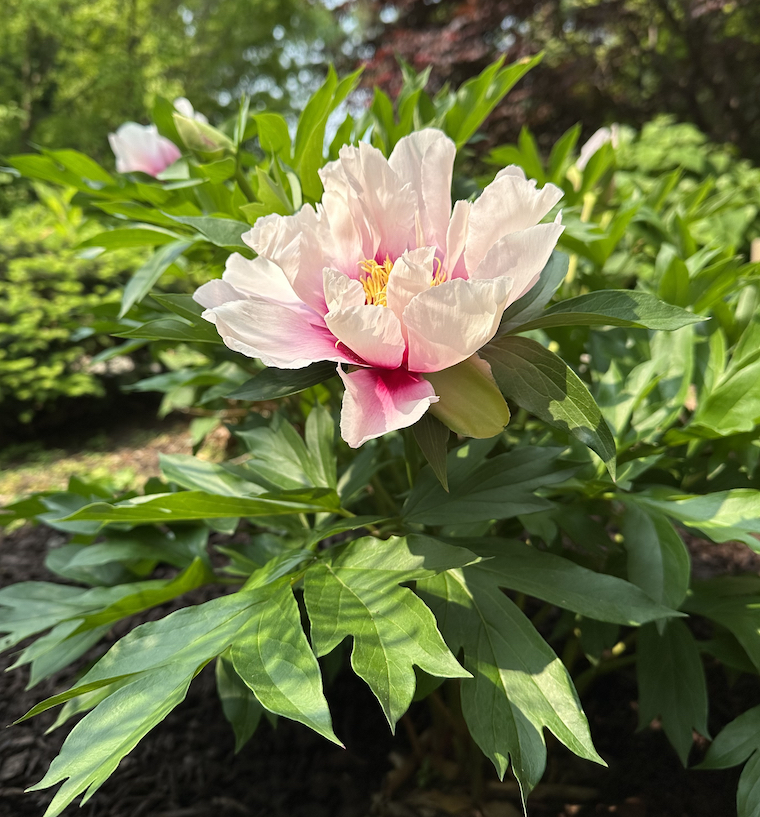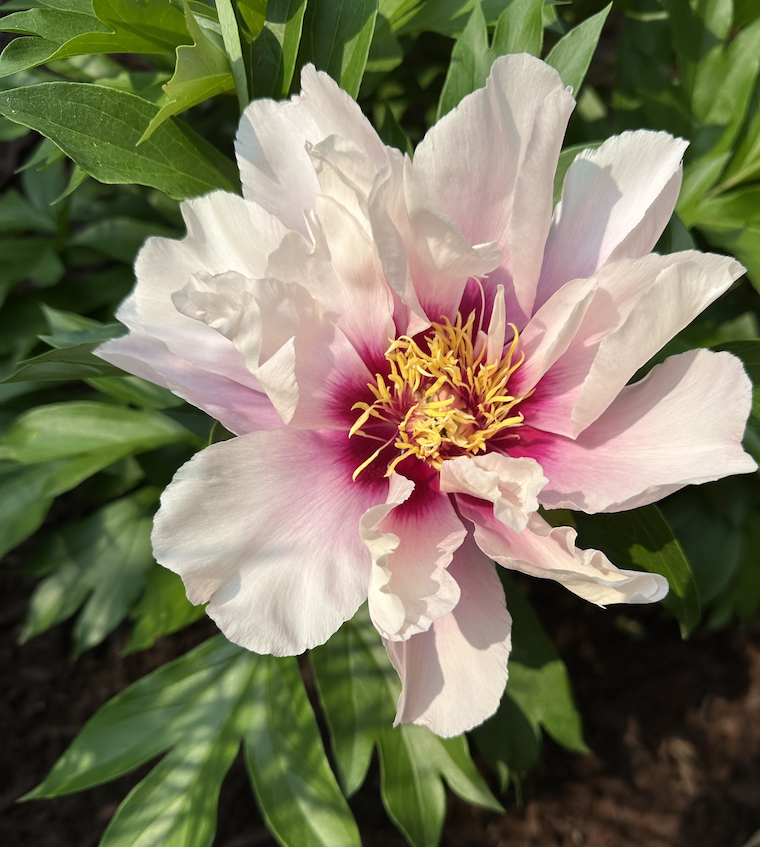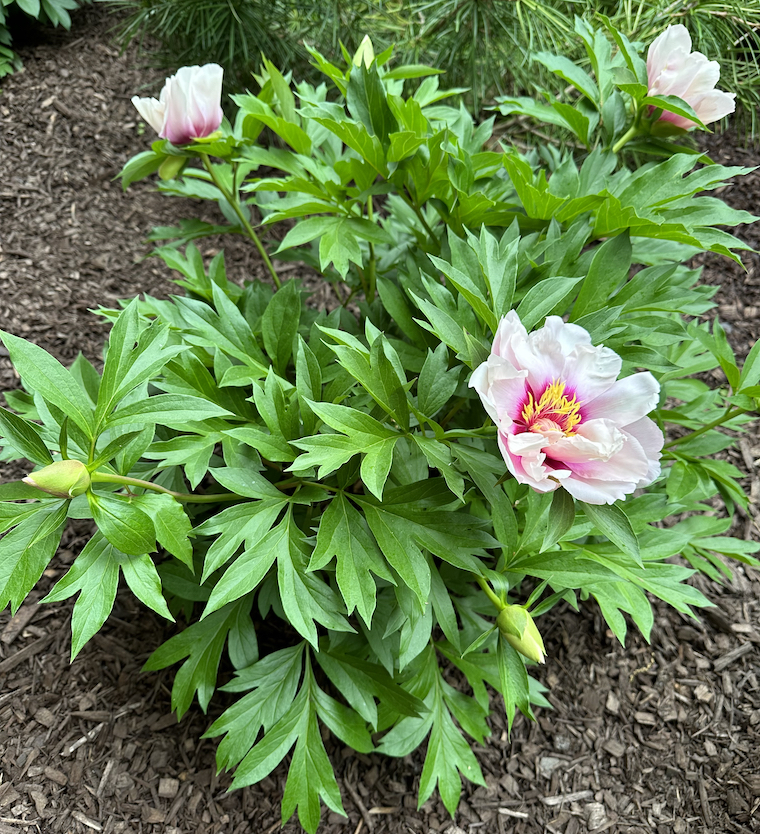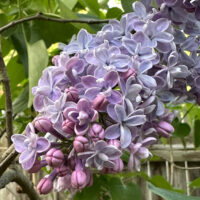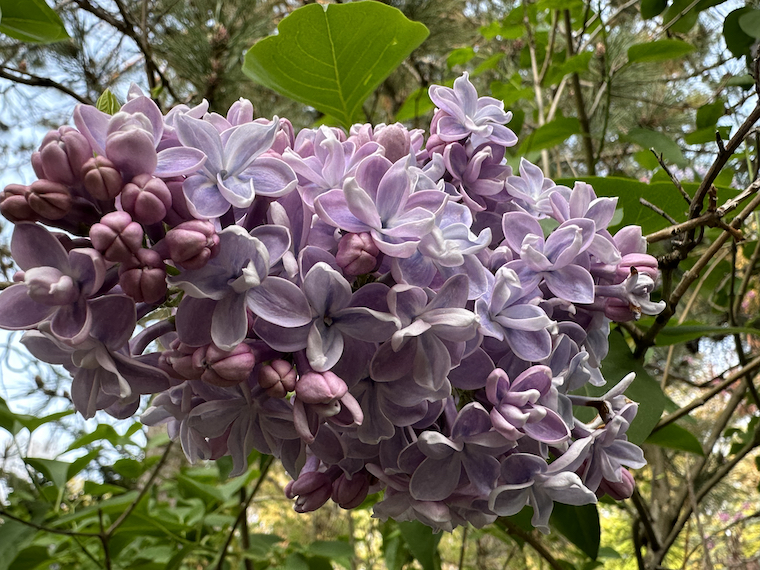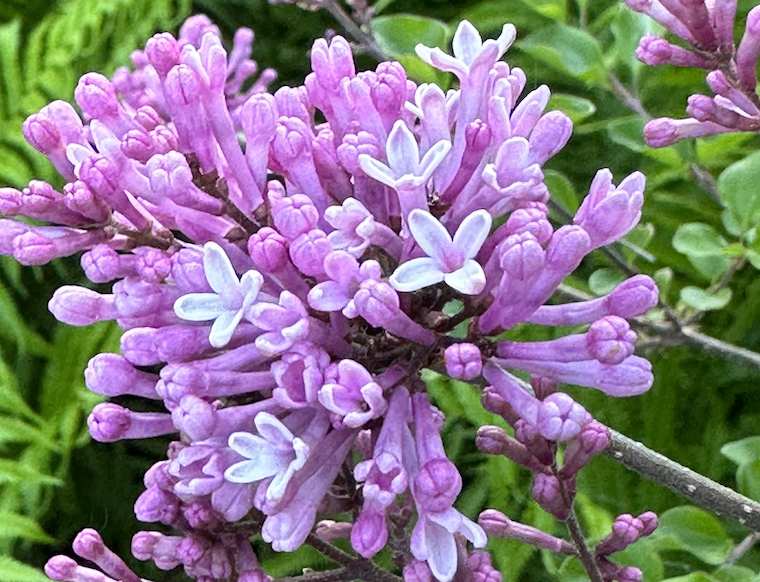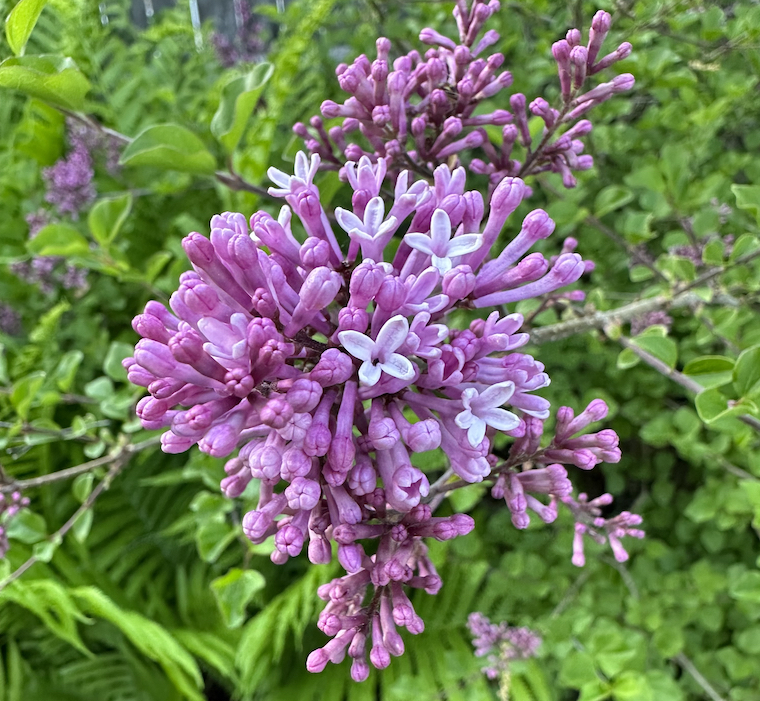A couple of years ago our neighbor Ken gifted us with a bowl of cucamelons – a Mexican cucumber that has a tart, almost lime-like flavor. It was a zesty taste of summer – bright, refreshing, and new – and it came in the most adorable packaging I’ve ever seen in a cucumber. About two inches long and one inch wide, they were small in size and stature, and their skin looked exactly like that of a watermelon, giving the impression of baby watermelons (hence one of their common names, mouse melon). The effect was utterly enchanting, and I’m not one who is typically impressed by anything especially precious.
This year, I planted a large rectangular pot originally designated for tomatoes with about a dozen cucamelon seeds, hoping for a hefty harvest. They desire hot and sunny weather, and this season did not start off strong on either of those fronts. They sat in damp soil doing nothing for a couple of weeks. Only when I surrounded their support stakes with plastic wrap (as a preventative measure against a chipmunk or squirrel that had been digging there) and created a greenhouse effect did they begin taking off.
Lately, they’ve enjoyed the hot and humid weather we’ve been having in between thunderous rainstorms. We’ve been pampering them a bit, rolling their planter beneath the canopy whenever rain threatens as they are still in danger of rotting if the soil gets too waterlogged, then pushing it back out into the sun, where they can bake and grow. Right now they have just reached the top of the tomato fences, so I added four bamboo stakes to allow them additional height and support. It’s not the prettiest concoction, but it seems to be satisfying their preference for something to grab onto.
This past week, we witnessed the first bloom – a tiny little yellow flower that came with a bulbous base that will soon turn into the cucamelon if all goes well. Supposedly this will happen in seven to ten days from the time the bloom appears, which seems too good to be true. I’ll keep you posted on the progress ~ a cliffhanger the likes of which hasn’t been seen since ‘Dallas’ had the world asking, “Who shot J.R.?” Stay tuned… (and blessings and good health to anyone who is old enough to remember that reference).

